-
TrackoBit
Manage commercial vehicles with the new-age Fleet Management Software
TrackoBit -
TrackoField
Streamline your scattered workforce with Field Force Management Software
TrackoField -
Features Resources
-
Blog
Carefully curated articles to update you on industrial trends. -
White Paper
Insightful papers and analysis on essential subject matters. -
Glossary
Explore an alphabetical list of relevant industry terms. -
What’s New
Get TrackoBit & TrackoField monthly updates here. -
Case Study
Explore the cases we solved with our diverse solutions. -
Comparisons
Compare platforms, features, and pricing to find your best fit.
-
About Us
Get to know TrackoBit: our team, ethos, values, and vision. -
Careers
Join the most dynamic cult of coders, creatives and changemakers. -
Tech Support
Learn about our technical support team and services in detail. -
Events
Check out the exhibitions where we left our marks and conquered. -
Contact Us
Connect with us and let us know how we can be of service.
First Mile Vs Final Mile: Differences, Challenges and Solutions
- Author:Tithi Agarwal
- Read Time:8 min
- Published:
- Last Update: May 12, 2025
Table of Contents
Toggle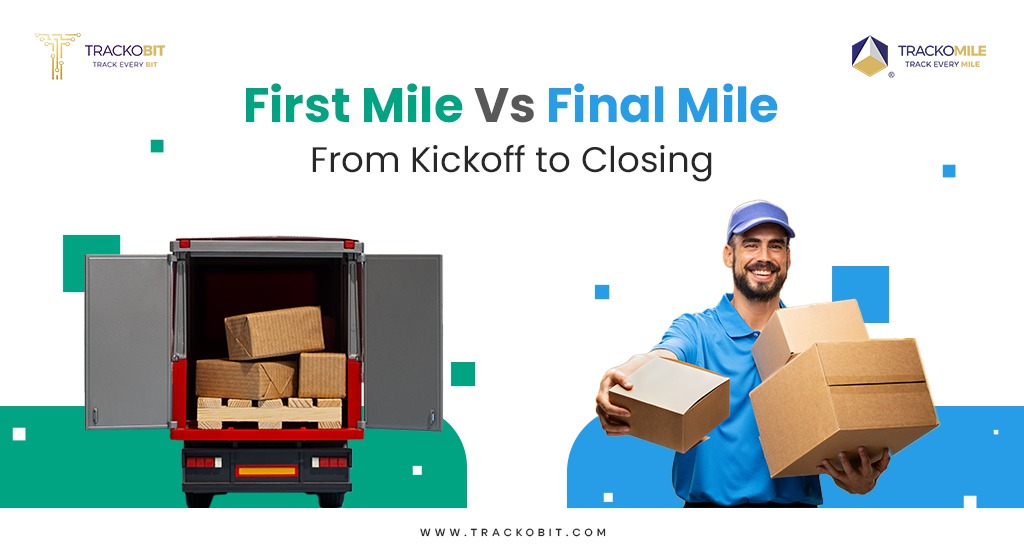
“All that begins well ends well” is especially true for supply chain logistics, where mistakes in the first mile can affect final-mile deliveries.
Table of Contents
Toggle
Businesses depend heavily on the logistics schedule to plan out their future strategies. This is why extra focus has been on the first and final miles. These two terms are an integral part of today’s conversation. Both are crucial to the delivery process. But they are not without their challenges and opportunities. But where there is a challenge, there is always a solution.
Here is a blog dedicated to shedding light on the differences between the first and final miles, their operations, how they work, and the challenges faced. And don’t forget the solutions needed to make them as smooth as butter.
What is First Mile Delivery Logistics?
First mile delivery is a term coined by the logistics industry to signify the beginning of the supply chain process. It sets the foundation for the entire delivery process. It involves picking huge bulk orders from the sellers’, manufacturers’, and producers’ warehouses and dropping them off at their next destination, which can be a fulfilment centre, distribution centre or another warehouse. It is usually done in huge quantities, and there is a fixed delivery schedule and route as well as halts.
How Does it Work?
The items are picked up by the manufacturer or supplier to begin the journey. To ensure their safety throughout transit, the products are usually packaged in bulk at this point. For easy identification and tracking, a thorough label with all pertinent information—such as the product description, quantity, destination, and tracking number—is attached.
After packaging, these products are loaded onto delivery trucks or other forms of transportation. An effective route is established to transport them to a warehouse or distribution centre.
When the items arrive at the warehouse or distribution centre, they are logged in, checked in, and properly stored. After completing these stages, the first-mile delivery procedure is over, and the items are prepared for pickup so that they can be delivered to customers in the final mile.
Why is First Mile Delivery Important?
The first-mile logistics chain is vital to the supply chain because it sets the pace for the entire journey. Any form of delay, error, or miscommunication in the last mile can and will disrupt the entire supply chain. Since the first mile involves many stakeholders—suppliers, transportation companies, clients, and warehouse managers—it makes the operation even more complex.
Careful planning, reliable co-ordination, and the use of technology like fleet management software are essential to ensure smooth and timely execution.
First Mile Delivery Challenges
Businesses, too, in first-mile delivery are plagued with challenges that can be harmful for further stages. Here are some of the common challenges:
1. Labeling and Packaging Goods
Businesses still dependent on manually labelling products are proving to be a prominent obstacle, rendering the whole first-mile operation inefficient. Handwritten labels might not include complete or proper address details, which might make it difficult for transportation companies to deliver goods at the right location and at the specified time.
Furthermore, the lack of proper packaging is another big challenge for delivery companies. Lack of proper packing increases the chances of damage, causing financial, material/ inventory loss and freight forwarding delays.
2. Lack of Focus
It is often the case that first mile takes a backseat compared to the attention that businesses give to last mile delivery as they are of the notion that it directly deals with the end consumers. But they often overlook that now consumers demand complete transparency right from the initiation of delivery until it reaches them. Also, any delay or mishap in first mile delivery has a domino effect and will eventually reflect in last-mile delivery as well.
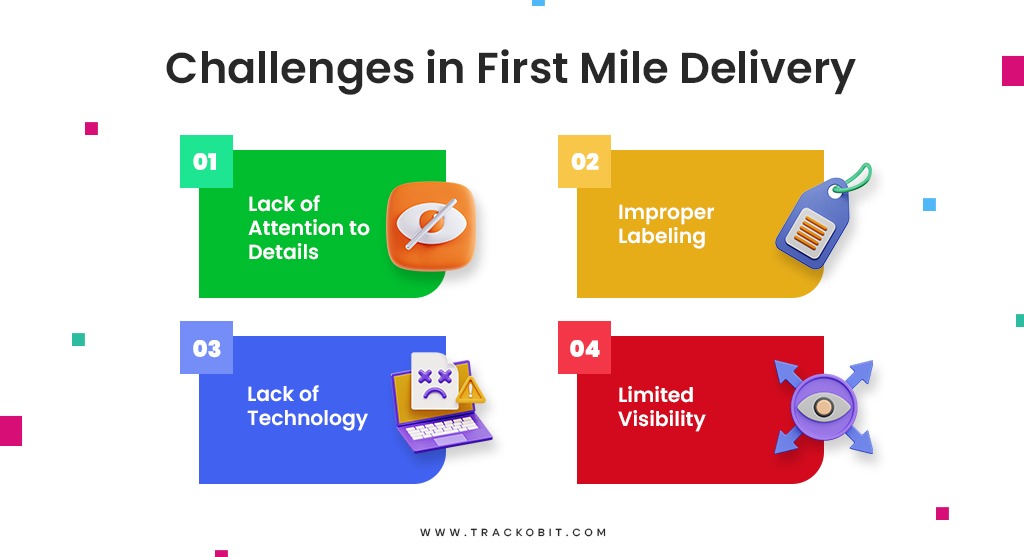
3. Lesser Visibility
Lesser visibility is a prominent impediment to last mile delivery. Factors like incompetent tracking method of fleet, mishandling of shipment due to bad driving behaviour of drivers and assigning of inefficient routes causing delays add to the decreased visibility of cargo movement.
4. Lack of Technology
Not using tech-enabled platforms like fleet management software and instead performing all first-mile-related operations manually can result in mountains of expenses and errors. It will also lead to poor operational visibility and tracking, and a lack of optimization will increase the cost of transporting the goods.
This becomes a real issue for businesses with in-house first-mile management or fleet owners without fleet management software because they are bound to face many issues when carrying out operations manually or lack technology.
First Mile Delivery Best Practises to Optimise Supply Chain
It is best to utilise fleet management software like TrackoBit to optimise and streamline first-mile logistics. The software solves the challenges of the first mile in some ways.
- Trip creation and efficient route planning features assign the fleet the best-suited and most efficient route for the first-mile delivery. This helps reduce the delivery time and the time taken to plan and allocate delivery resources.
- TrackoBit’s video telematics solution is helping transportation companies monitor vehicle drivers’ in-cabin activities. Fleet managers receive alerts whenever drivers are distracted, drowsy, or engaging in non-compliant activities. This reduces the chances of accidents and damage to inventory.
- Fuel monitoring and driver behaviour monitoring solutions play vital parts as well. Fuel monitoring tracks fuel consumption and alerts fleet managers in case of excess consumption. A driver behaviour monitoring solution keeps in check drivers’ driving practices and reduces idling, which is the leading cause of the increase in the cost of delivery operations. Thus promoting transparency throughout.
- TrackoBit provides auto-generated reports, real-time tracking, and all the necessary data on a centralised platform, which helps to enhance operations visibility. Furthermore, TrackoBit offers ePOD collection to confirm consignment delivery.
- The best part of using our fleet monitoring software is that it is easily integrated into other pre-existing software. This can be CRM, ERP software or accounting system. It integrates with all and adds to the functionality.
Difference Between First Mile vs Final Mile
Here is a table detailing the difference between first mile delivery and last mile delivery.
| First-mile Delivery | Last-mile Delivery | |
| Meaning | It is the transportation of goods from the seller’s inventory/warehouse to the distribution centres. | It involves transporting ordered goods from the last distribution centres to the customers’ doorsteps. |
| Stage | First stage in the supply chain. | Last stage in the supply chain. |
| Shipment size | It deals with bulk orders from the inventory, so the shipment size is huge. | Since individual orders are delivered to end customers, shipment size is smaller. |
| Packaging and labeling | Inventory is packed and labeled in batches. | Specific SKUs are used for packaging and labeling for the transportation of goods to particular destinations. |
What is Final Mile Logistics?
Final mile or the last mile is the ultimate leg of the supply chain where the goods are at last transported from a distribution centre to the final destination – end consumer. Small carriers like vans or bikes are in-charge of the transportation process.
Businesses tend to pay more attention to the last-mile delivery process/logistics as it is what bridges the gap between retailers/sellers and consumers. Also, it is the most complicated and expensive leg of the supply chain. This is because a lot of customer expectations are attached to it, like- same day delivery, free or cheaper delivery, which puts a burden on the shipping companies. All just to make the logistics fast, economical and as smooth as possible.
Read Blog – What is Dispatch Tracking in Logistics?
How Does It Work?
Last-mile delivery initiates when the ordered products reach the nearest distribution hub. The carrier then picks up and loads the parcel from the centre and transports it to the drop-off location affixed on the package and updated in the software. This process ends once the delivery personnel hands over the package to the customer.
Final Mile Challenges
The last segment of the delivery process is burdened with challenges, and if not delivered on time, it can be a delivery breaker. Many challenges crop up due to the growing delivery cost and complexity of the operations. A few major last mile delivery challenges are:
1. Growing Expenses
Despite being the shortest process, final-mile delivery is the most expensive segment, particularly because it is posed to heavy cancellations, delays, or failure rates. The hard part is, businesses cannot even levy these additional costs from such events on end consumers as it can lead to them switching to competitors. All which will eventually lead to loss of customers, orders, and profits. This leads to an increased financial burden on business owners.
2. Unpredicted Problems
Last mile deliveries are subjected to unforeseen complications, especially while covering long distances. For instance, if the regular delivery route is under construction, you might have to switch to another route that can take longer to reach the destination. An emergency fund must always be kept aside to deal with these situations.
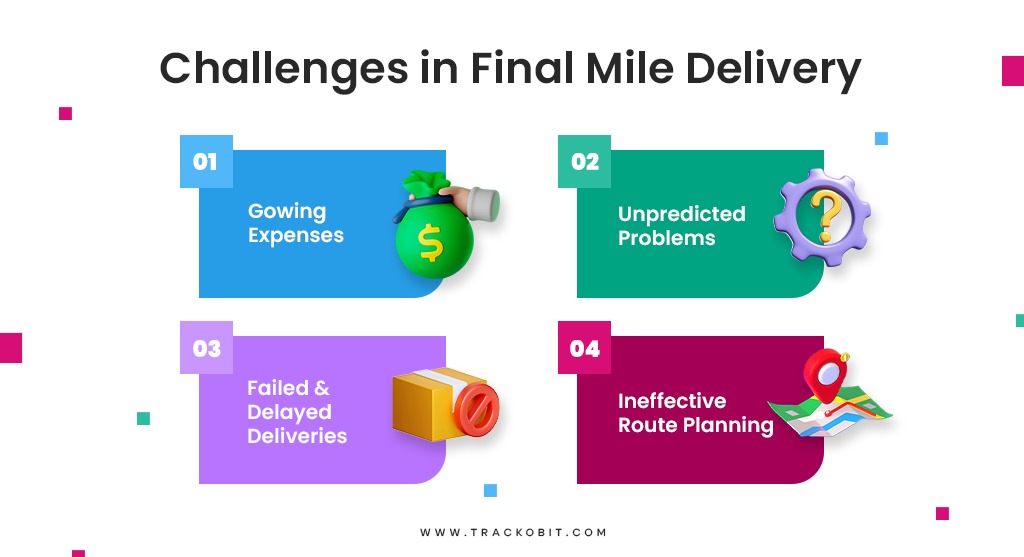
3. Delays
Delivery delays can seriously impact the business by increasing costs. Failure to deliver within the deadline can make customers dissatisfied and, eventually, cancelling orders.
4. Lack of Real time Visibility
Lack of real-time visibility and transparency is a major challenge in last-mile logistics. Loss of communication or tracking can potentially disrupt the entire delivery process and incur hefty losses.
5. Ineffective Route Planning
Improper route planning can increase operational costs, especially when catering to a wider market. Routes must be optimised based on customers’ locations to avoid unnecessary hassles.
Steps to Optimize Last-mile Logistics
Most of the last mile delivery problems can be solved by an all-encompassing soup-to-nut last-mile delivery software, TrackoMile. Here is how:
- The route optimising solution of TrackoMile helps companies auto plan and assign the shortest and best-suited route to delivery drivers. It considers 120+ factors, such as weather, driver availability, traffic conditions, and delivery windows. Also, in case of unforeseen incidents, it reroutes in seconds. TrackoMile allows you to sequence 100+ halts in seconds.
- Real-time tracking and digital reports allow you to monitor drivers and deliveries, analyse patterns, and identify the root cause of inefficient and failed deliveries.
- Auto dispatch and rider roaster help assign order deliveries to available drivers in seconds while considering multiple factors or constraints. This decreases dependence on the human workforce, which is often full of errors and time-consuming practices.
- Multi-format ePOD and ETA sharing increase customer satisfaction and help speed up the delivery process while ensuring first-attempt delivery.
- All the automated solutions utilisation leads to a reduction in time, money and resource consumption.
Intrigued by the wonders of TrackoMile? Let’s arrange your quick 15 minutes free demo!
Conclusion
You must give equal weight to first-mile and last-mile logistics since they are both crucial to logistical operations. The entire goods forwarding and delivery process may be impacted if the first mile is disregarded. But in this fiercely competitive industry, even a little laxity in the final mile can spell disaster. The outcome will undoubtedly be profitable when the delivery process is completed without hiccups.
House of TrackoBit offers solutions for both first-mile and final-mile delivery problems. It solves first-mile challenges with TrackoBit’s fleet management software and ensures on-time delivery with TrackoMile’s last-mile delivery software.
Tithi Agarwal is an established content marketing specialist with years of experience in Telematics and the SaaS domain. With a strong background in literature and industrial expertise in technical wr... Read More
Related Blogs
-
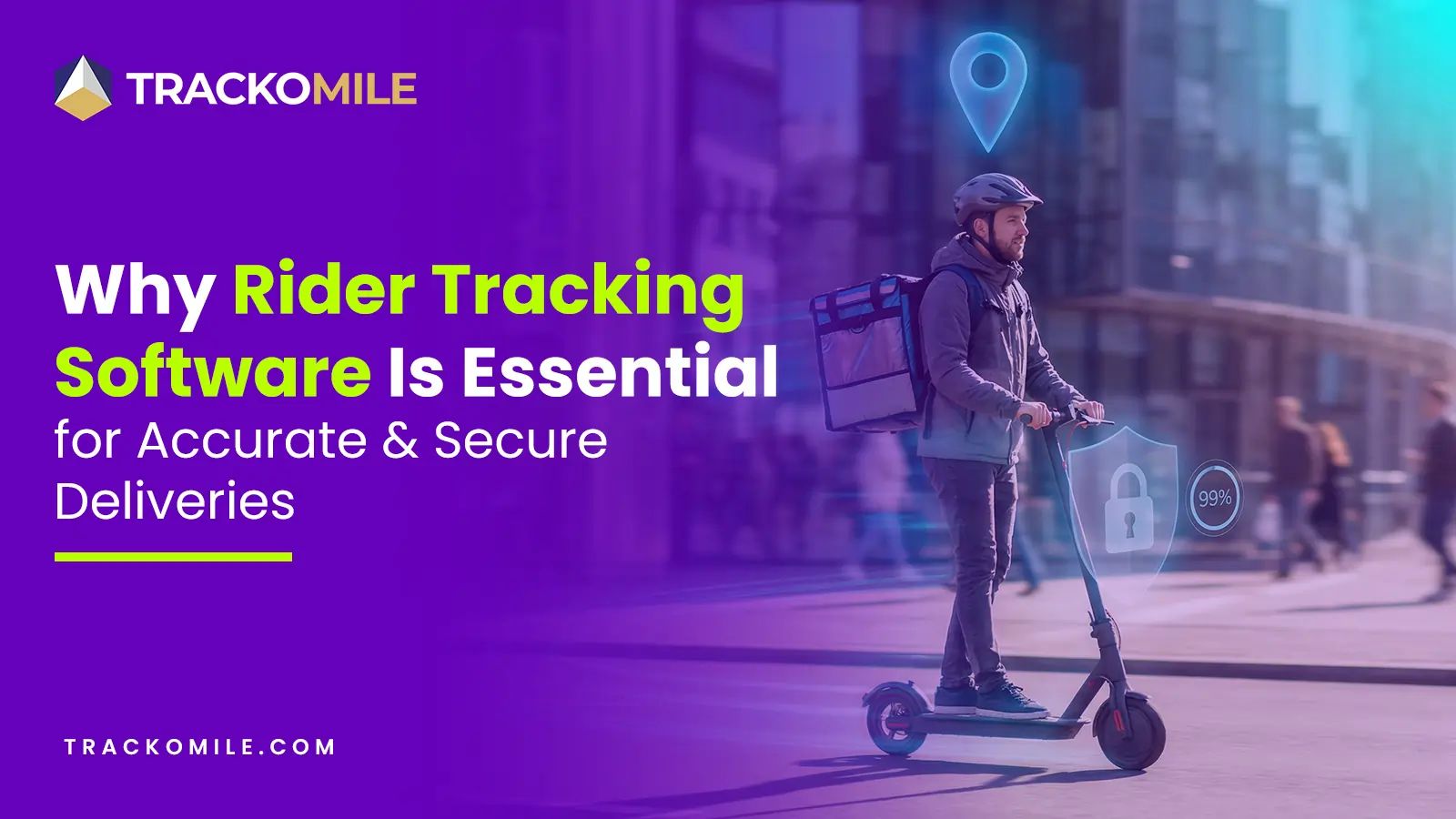
How Rider Tracking Software Improves Delivery Accuracy and Reduces Fraud
Tithi Agarwal December 8, 2025Rider tracking software improves delivery accuracy with real-time GPS visibility and automated ePOD. It also enables route optimisation and fraud…
-
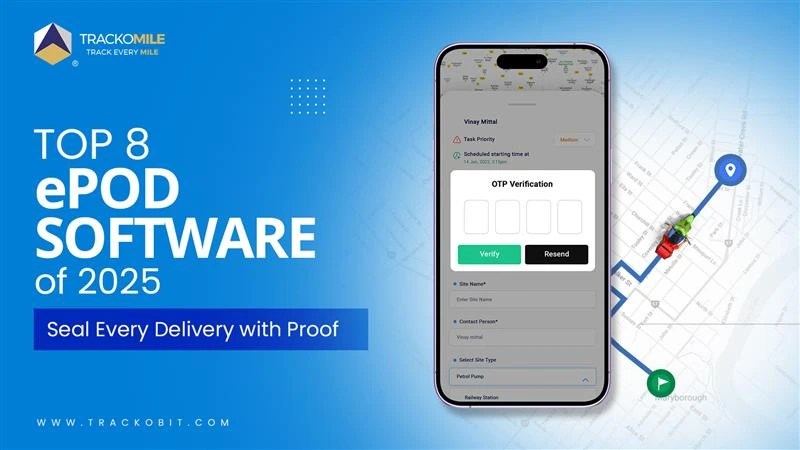
Top Electronic Proof of Delivery (ePOD) Software in 2026
Tithi Agarwal September 25, 2025Electronic proof of delivery has become the backbone of modern logistics. Explore the top 8 ePOD software in 2025 and…
-
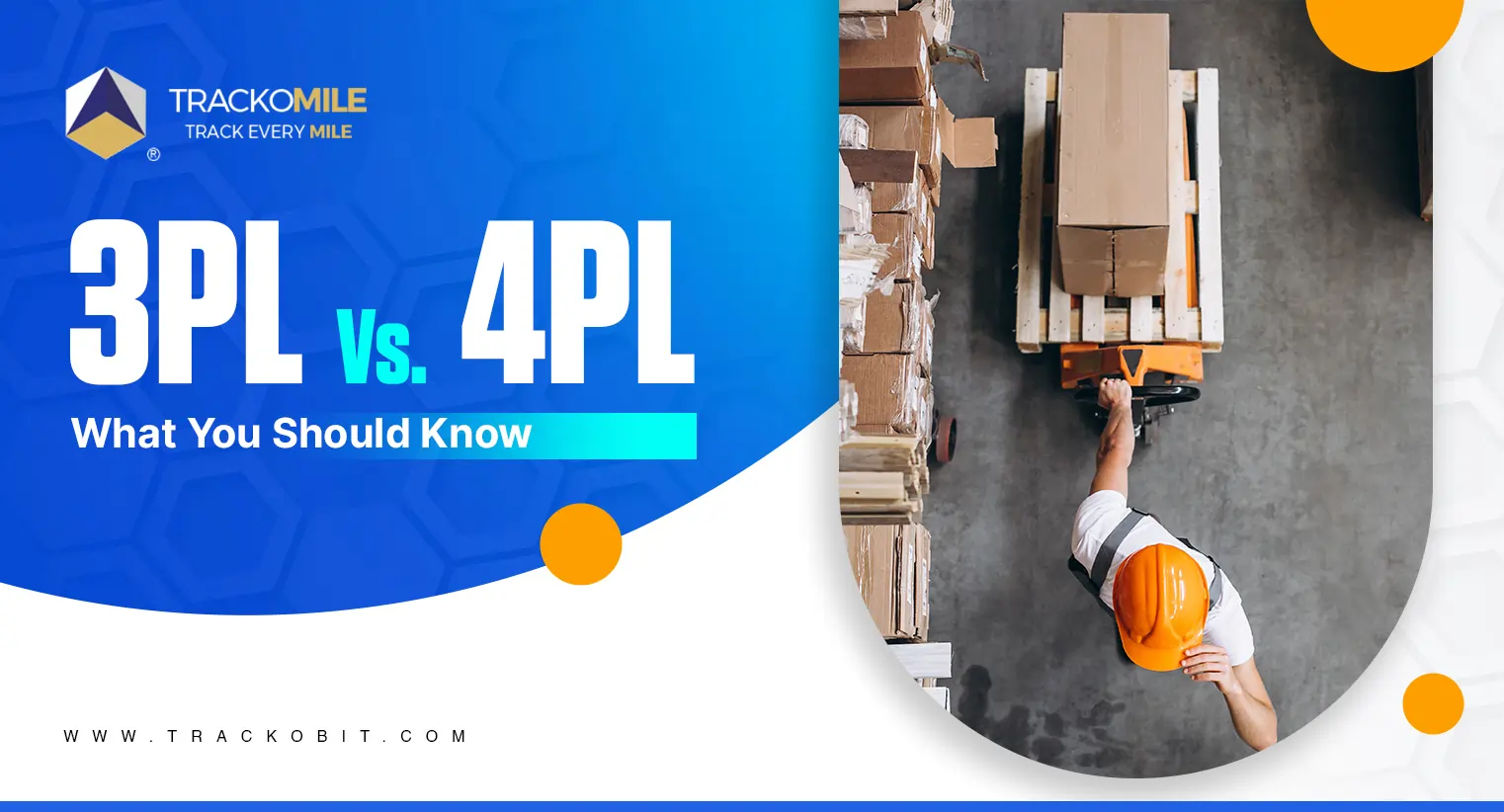
3PL vs. 4PL: Which is Best for Your Business?
Tithi Agarwal September 25, 2024Confused about choosing between 3PL and 4PL for your retail supply chain? Read this blog to find out which is…
-
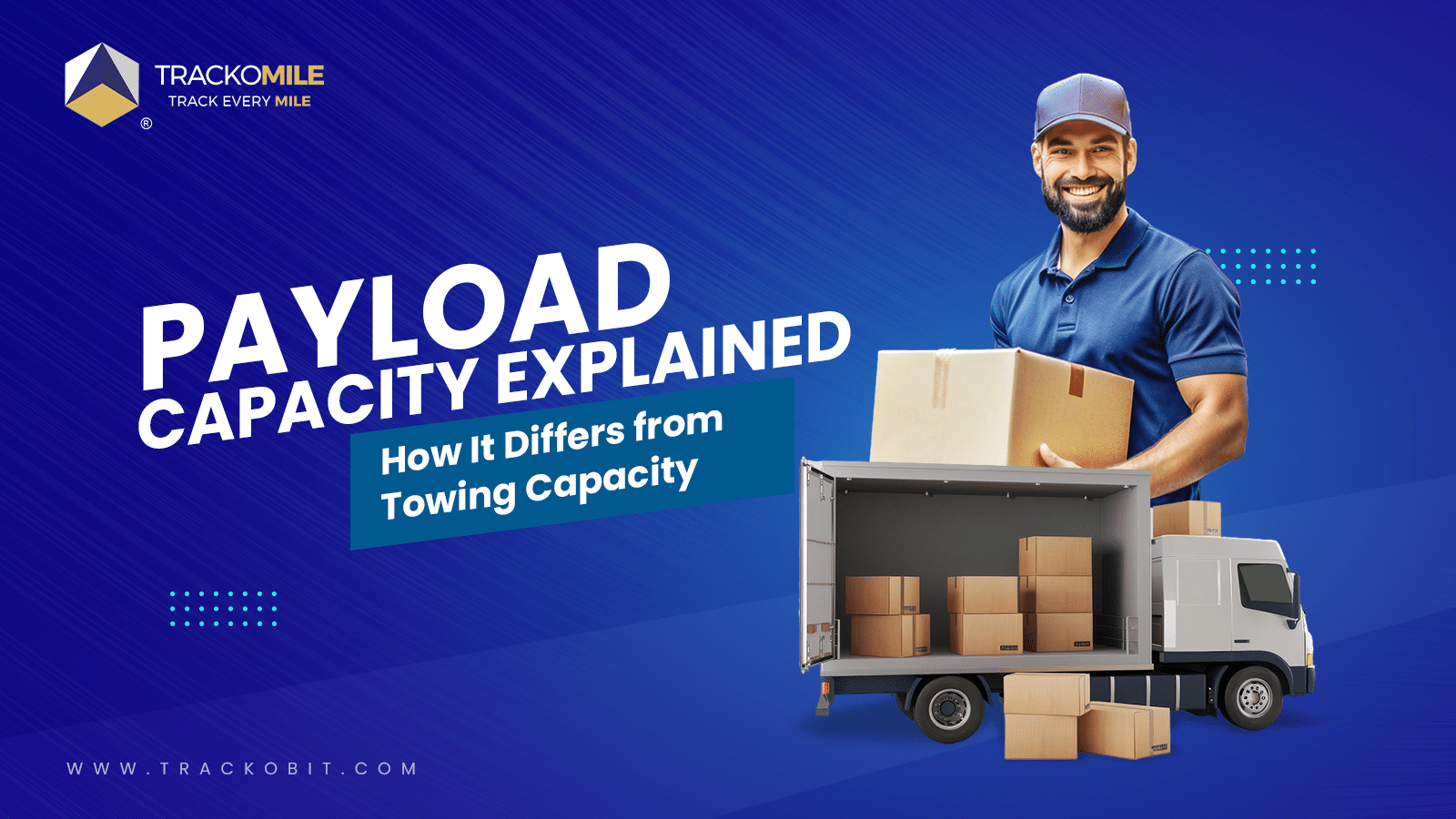
What is Payload Capacity? Payload Capacity Vs. Towing Capacity
Tithi Agarwal September 10, 2024Payload capacity is the total weight a vehicle can safely carry, and it is crucial for safety and compliance. Exceeding…

Subscribe for weekly tips to supercharge your last-mile delivery.
Your inbox awaits a welcome email. Stay tuned for the latest blog updates & expert insights.
"While you're here, dive into some more reads or grab quick bites from our social platforms!"Stay Updated on tech, telematics and mobility. Don't miss out on the latest in the industry.
We use cookies to enhance and personalize your browsing experience. By continuing to use our website, you agree to our Privacy Policy.



































